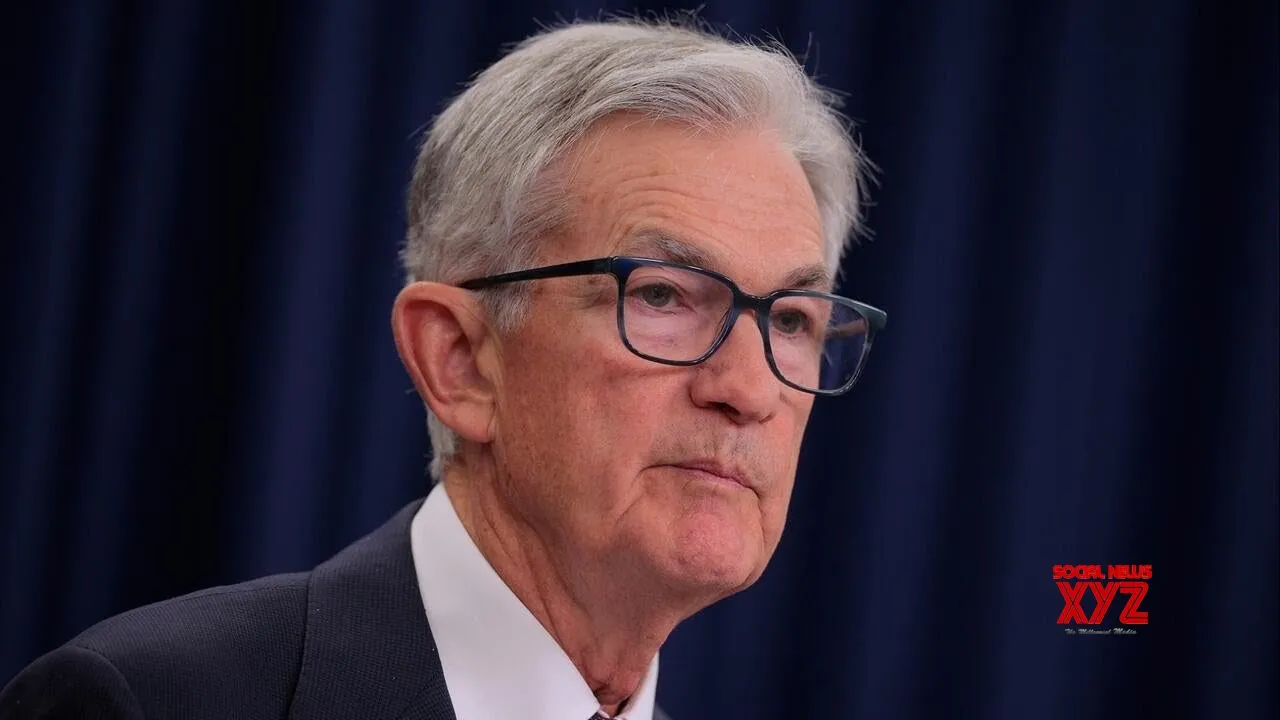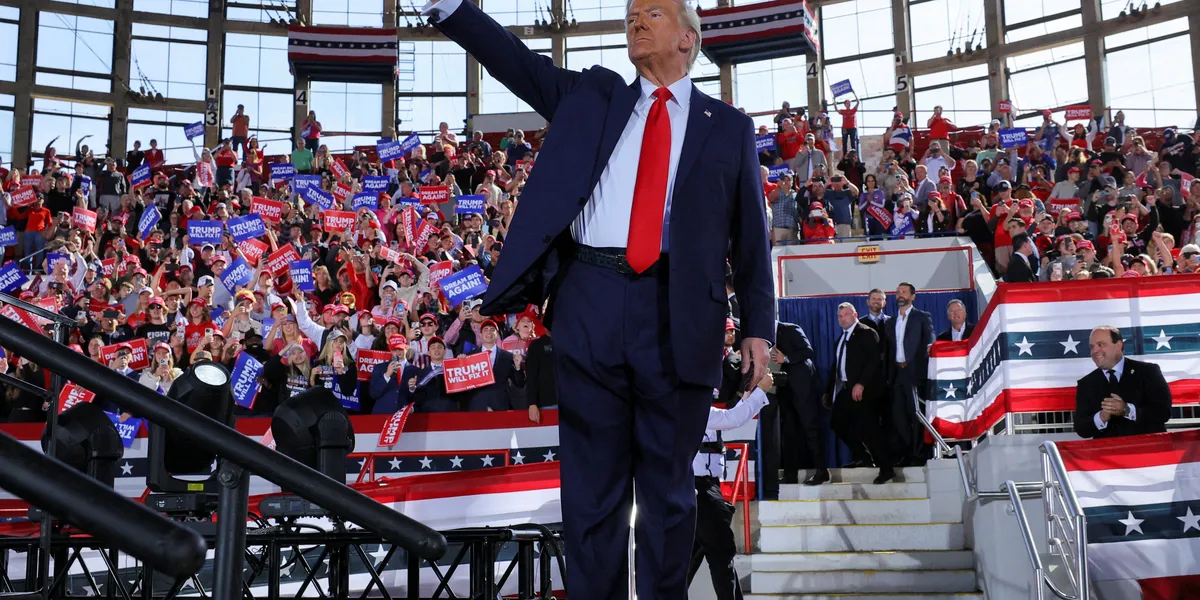By Qamar Bashir
Copyright brecorder

Ukraine entered this war as the presumed underdog—smaller economy, fewer troops, and seemingly overmatched by a nuclear-armed Russia.
Early expectations of a quick collapse proved wrong because two big forces collided: Ukraine’s own adaptation and resolve, and Europe’s decision that defending Kyiv was, in practice, defending Europe. That political will translated into money, weapons, training, and intelligence support on a scale and with a speed that Moscow did not anticipate.
The result is a grinding third year in which Russia has advanced in places but still not broken Ukraine’s state, army, or economy—and in which the very character of warfare has been rewritten by drones, long-range precision strikes, and an unprecedented air-defence duel.
On the battlefield, the single biggest operational surprise has been the drone revolution. Ukraine industrialized “good-enough” unmanned systems—cheap FPV strike drones, long-range one-way attack drones, and uncrewed surface vessels (USVs)—to impose constant pressure on Russian logistics, airbases, and the Black Sea Fleet. Those naval drones forced Russia to pull major combatants away from Sevastopol toward safer ports, degrading its ability to blockade Ukraine’s coast and contributing to a remarkable Ukrainian asymmetric sea campaign.
Long-range strike has been the other pillar. The United States transferred ATACMS with 300-kilometre range in 2024, giving Ukraine new options against high-value targets deep behind the lines. That capability, combined with European Storm Shadow/SCALP and Ukrainian-built long-range drones, underpins the campaign hitting Russian oil infrastructure. Through August 2025, independent tallies indicate those drone strikes have taken roughly 10–17 percent of Russia’s refining capacity offline at various points—an effect visible at the pump and in emergency policy responses inside Russia.
If this is the war of drones and strikes, it is also the war of air defence. Ukraine’s layered network—Patriot, NASAMS, IRIS-T and others—has rewritten assumptions about what modern integrated air defences can do under fire, including the first confirmed shoot-downs of Russia’s Kinzhal air-launched ballistic missile. At the same time, Russia adapted with massed Shahed-type drones and heavy use of ballistic and cruise missiles to saturate interceptors, paired with powerful electronic warfare to degrade guidance and communications. The duel continues to evolve: intercept successes are real, but saturation and glide-bomb tactics have bitten hard.
The Black Sea is where Ukraine’s innovation most visibly paid off. By turning USVs into precision kamikaze boats and pairing them with intelligence from partners, Kyiv chipped away at ships, piers, and command nodes, compelling the Black Sea Fleet to redistribute to less exposed ports and reducing its freedom to threaten Ukraine’s coastline and grain lanes. That maritime asymmetry—inflicted by a country with almost no surviving navy—has strategic consequences disproportionate to cost.
Why, then, has Russia—despite numbers, artillery, and nuclear weapons—failed to secure a decisive victory? First, it misjudged the political spine of its opponents.
Europe decided early that Ukraine’s survival was a core European interest, and it has put its money where its mouth is. The EU’s multi-year Ukraine Facility, worth up to €50 billion through 2027, created predictable budget support, while total EU-level and member-state assistance across financial, military, and humanitarian lines has reached roughly €150 billion. That predictable lifeline kept the Ukrainian state functioning and the army supplied even when battlefield fortunes wavered.
Second, Moscow underestimated what US and European intelligence, surveillance and reconnaissance (ISR)—including commercial space—would do to Russian command posts, ammo dumps, and air defences. Western ISR didn’t fight the war, but it made Ukrainian strikes smarter and faster and helped compensate for smaller forces.
Third, Russia’s logistics and corruption problems, while not new, were brutally exposed by the scale and tempo of this campaign. Under strain, the Russian system struggled to keep front-line formations fully equipped with trained infantry, modern optics, and precision munitions, and to sustain coherent combined-arms manoeuvre after the war’s first months.
Fourth, Ukrainian denial of the air domain—without actually achieving air superiority—has been unexpectedly effective. Air defences blunted Russia’s ability to use its fast jets in depth, and since mid-2024 the arrival of Western-donated F-16s has begun to stiffen Ukraine’s air posture and air-defence suppression capability, albeit in limited numbers so far.
Fifth, Russia’s war economy, though resilient, is feeling real pressure. The refinery-strike campaign has fed domestic fuel shortages and rationing in some regions, forcing ad-hoc controls and export bans. Lower oil and gas revenues this summer further squeezed the budget alongside very high nominal interest rates. Sustained pressure here does not guarantee battlefield collapse, but it narrows Moscow’s menu of options.
None of this means Ukraine has had it easy. Russia has adapted, too. It mass-produced glide-bomb kits (UMPK) to lob heavy bombs from beyond Ukraine’s front-line air-defence umbrellas, pulverizing defensive positions and urban strongpoints. It scaled up Shahed-type drones and improved missile salvos to exhaust intercept stocks, and it is iterating on EW to blunt Ukrainian drones. The result is a seesaw of adaptation in which each side’s marginal gains are contested within months.
Leadership and diplomacy sit over all of this. President Trump has sought to test diplomatic openings with Moscow, but as of mid-August a high-profile meeting produced no deal, and fighting has intensified since. Washington continues to weigh sanctions, export-control tightening, and security guarantees alongside European leaders; in parallel, Europeans insist they must be at the table for any settlement they will be asked to underwrite.
This war, unfolding in the heart of Europe, should never have happened in an age where humanity prides itself on knowledge, civility, and progress. Europe, with its centuries of cultural achievement, scientific discovery, and lessons from devastating past wars, was expected to have built a framework strong enough to prevent such catastrophe. Yet the conflict continues into its third year, threatening not just Ukraine and Russia but also global security, economic stability, and human dignity.
Finally, the lesson of this war must transform global thinking: that military might alone cannot deliver lasting security. Sustainable peace depends on economic interdependence, technological cooperation, and mutual respect for sovereignty. The same technologies—AI, robotics, cyber systems, and satellites—that now make this war deadlier could, if directed differently, make peace stronger and more enduring.
Humanity, after centuries of struggle, innovation, and shared civilization, owes itself a better path forward. Europe, the cradle of modern democracy and human rights, must lead—not with weapons alone but with wisdom, reconciliation, and courage. If the war’s architects fail to act, history will remember this as a failure not of power but of imagination. Yet if they succeed, Ukraine’s resilience, Europe’s unity, and the world’s collective resolve could together turn a battlefield tragedy into a foundation for a safer, more cooperative, and more humane international order.
Copyright Business Recorder, 2025



